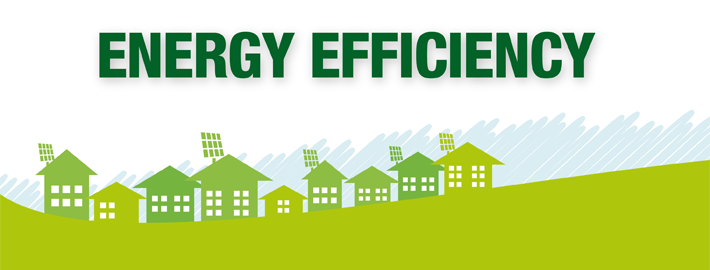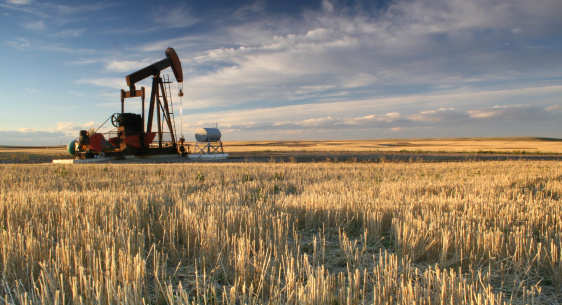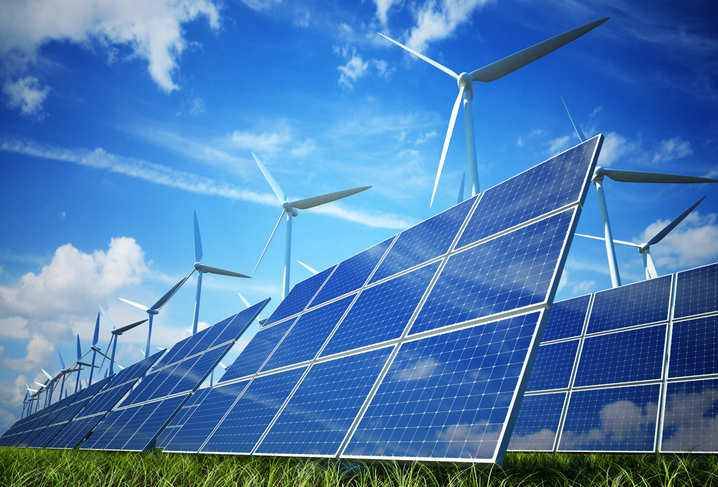
July 28
Energy efficiency of ACs drops as mercury soars.
Your five-star split AC may not be as energy-efficient as you thought. In fact, there may be a vast difference between the energy it promises to save and actually consumes.A study by Centre for Science and Environment (CSE) found that such an AC performs like a two-star one when the outside temperature crosses 40 degrees Celsius, resulting in higher power consumption. The energy-efficiency drops further when the temperature is set below 27 degrees Celsius.CSE commissioned the study on models rated by Bureau of Energy efficiency (BEE) of three most popular brands that cover nearly 50% of the market. An independent laboratory tested the models on three parameters: effect of high outdoor temperature, lower room temperature and high outside humidity on energy performance.
A five-star AC is supposed to save 20%-22% of power cost as compared to a single-star AC, but the CSE study found that even a five-star one consumed 10%-28% more power when it's really hot. The cooling capacity also dropped by nearly 30% in peak summer, which meant a 1.5 tonne AC worked like a 1 tonne one.
"We wanted to find out how AC units perform under different outdoor temperature conditions and how that affects the energy savings from the star labelling programme of BEE," said Anumita Roychowdhury, executive director, research and advocacy, CSE.The study said it wasn't unusual for ACs to consume more power to cool and be less energy-efficient in severe heat, but BEE






